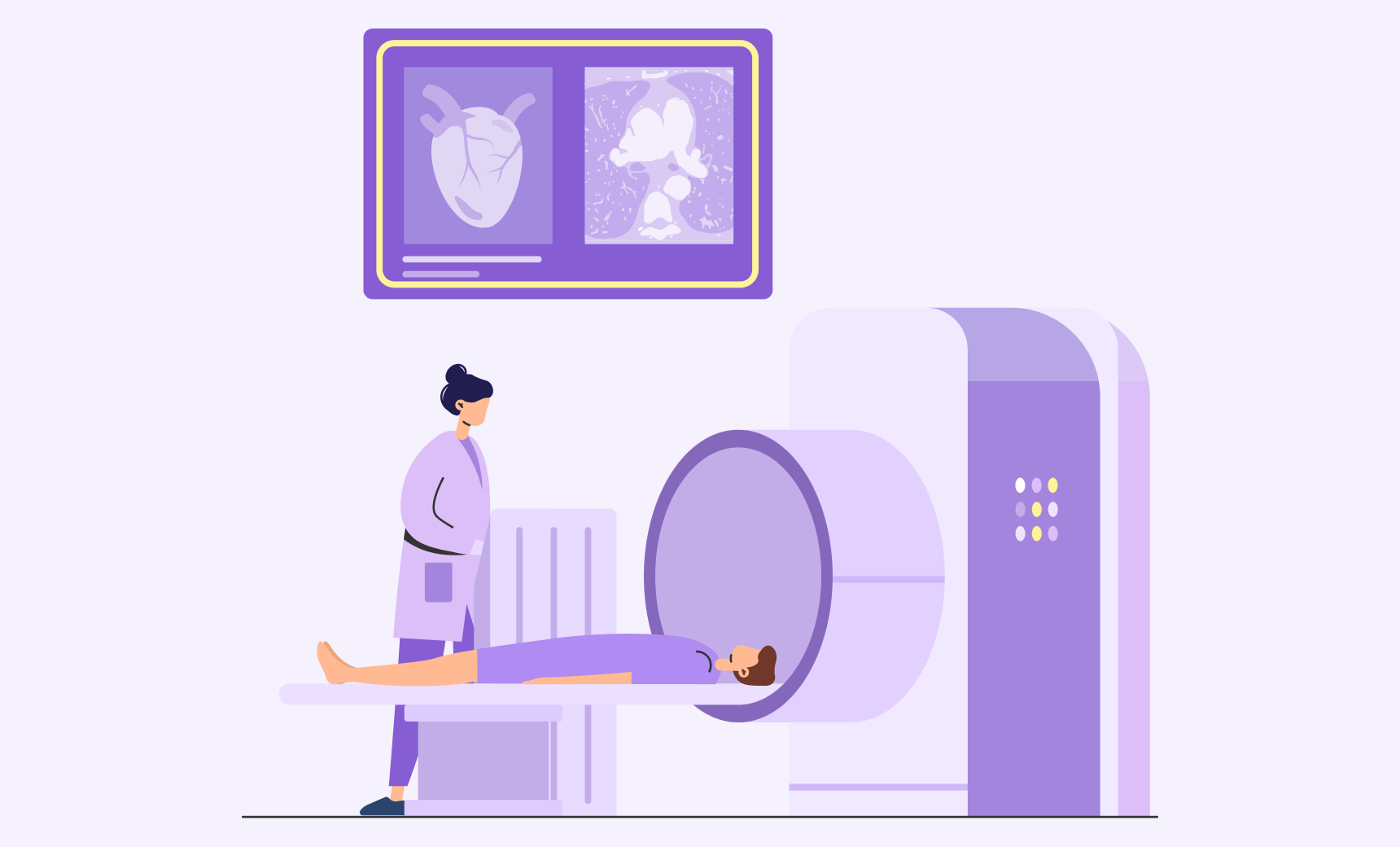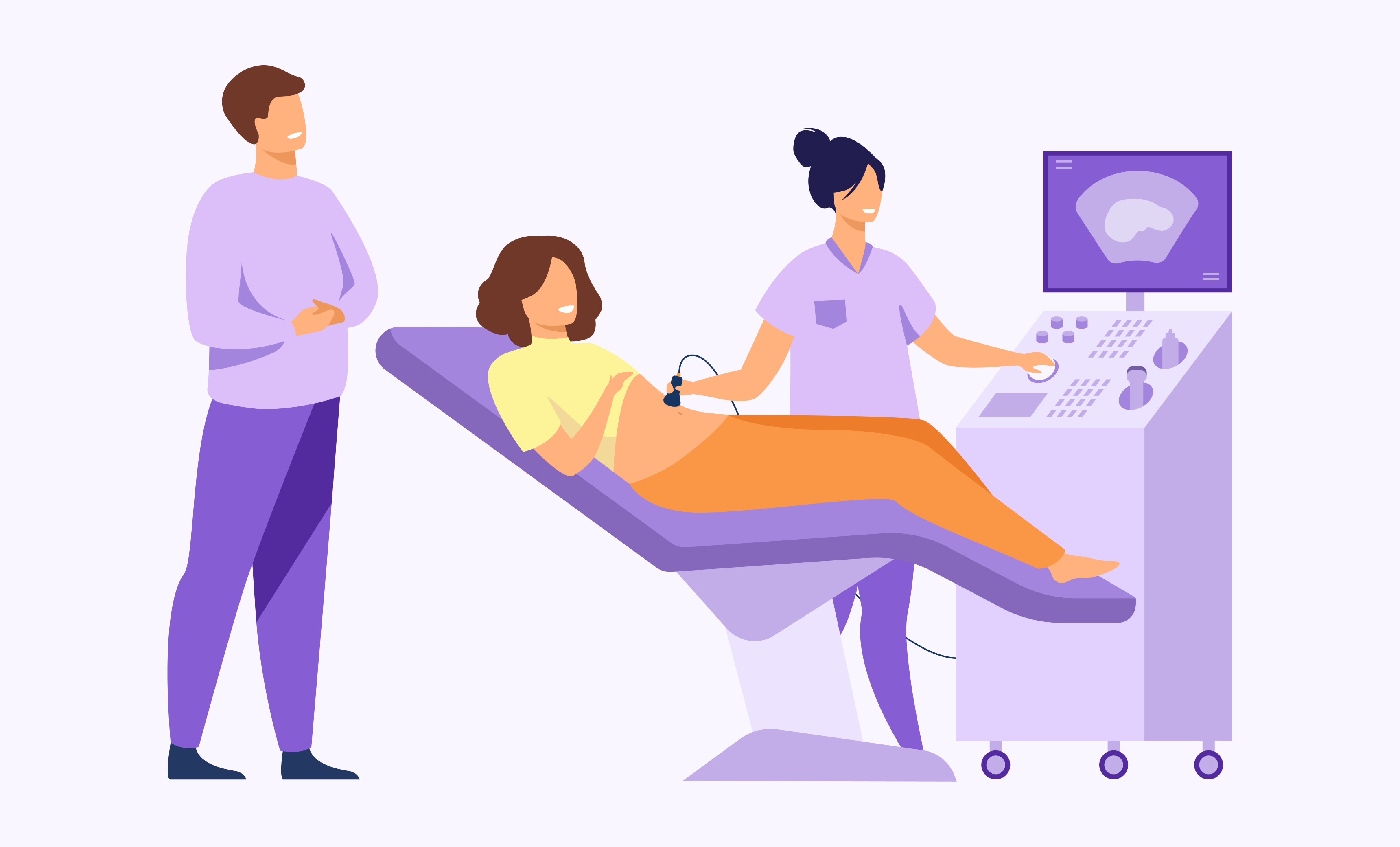
15 Facts About Diabetes & Diabetes Testing
The diabetes test—also known as the diabetic blood panel test or glucose test—checks the sugar levels in your blood for diabetes. A study released by the CDC in 2014 reported that as many as 29 million people in the United States (9.3 percent) have diabetes, which was up from 26 million in 2010 and increasing each year. In the event that your doctor orders you a diabetes panel test, here are 15 facts you should know about diabetes and the tests associated with it detection:
1. The panel test for diabetes, a name given to the group of diseases that affects your body’s ability to process glucose, causing the sugar levels in your body to be too high.
2. There are three types of diabetes: type 1 diabetes, type 2 diabetes, and gestational diabetes.
3. A patient is a type 1 diabetic when his or her body fails to produce insulin, usually as a result of destruction to the cells in the pancreas that produce it.
4. A patient is a type 2 diabetic when their cells fail to produce enough insulin to function properly, or when their body doesn’t react to the insulin that is being produced. This accounts for 90% of diabetic cases.
5. Gestational diabetes only occurs in pregnant women and is characterized by very high glucose levels and a lack of insulin to transport it into the cells. Since it doesn’t exhibit symptoms it’s important for at risk women to get tested.
6. Pre-diabetes, according to the Mayo Clinic, are defined by those whose blood sugar is higher than average but not yet high enough to constitute a diagnosis of type 2 diabetes.
7. About one-third of people who have diabetes are not aware they have the disease, which makes testing and awareness even more important.
8. The diabetic panel includes three tests: The hemoglobin A1C, the Microalbumin test, and a urine test or urinalysis.
9. The hemoglobin A1C is a blood test that determines an average blood sugar level over a period of three months. It is helpful in determining pre-diabetes and type 2 diabetes.
10. The Microalbumin test provides early indications of kidney damage by measuring small amounts of albumin in the urine. According to WebMD, this test is a good early indicator, because it tests for proteins in the urine up to five years sooner than other routine protein tests.
11. The urinalysis is a routine test that checks for byproducts of normal and abnormal metabolism, protein, cells, cellular fragments and bacteria in urine that could be signs of infection or diabetes.
12. Symptoms of diabetes are varied and include frequent urination, feeling overly hungry or thirsty even after just eating, severe fatigue, blurred vision, and increased recovery time for cuts or bruises.
13. In certain cases type 1 and type 2 diabetes have different symptoms. For example, type 2 diabetes can create a tingling sensation that can result in numbness and pain in the hands and feet, while type 1 diabetes can cause weight loss even when caloric intake is increased.
14. According to Science Daily, type 2 diabetes has become more prevalent in younger patients of late. New studies have shown this is linked to the fact that “our biological rhythms are increasingly undermined—whether by night work, jetlag, or societal habits”—leading to a desynchronization of our internal clocks with the external world, which is directly related to significant changes in our metabolic pathologies.
15. Both type 1 diabetes and type 2 diabetes can occur in children as well as adults, as can pre-diabetes. While type 1 diabetes can not be prevented, type 2 diabetes and pre-diabetes can be mitigated or prevented in children by using the same measures that help adults—eating well, exercise, and getting enough sleep.
The good news is that depending on the type and severity of your diabetes, understanding and controlling its symptoms are very much within your control. Of course, paying attention to your body and taking the steps to detect the disease is an important first step, so heed your doctor if he recommends a diabetic blood panel test.
LabFinder is a no-cost, online platform for people to easily schedule their medical tests and view results securely. The LabFinder team is passionate about improving the ‘patient and doctor experience’ through better communication, reduce out-of-pocket expenses and making everyone know more about their own medical tests. The mission of LabFinder is simple: we want to be solution to you and get you the test results you deserve so you can make right choices about your health.





LabFinder Team
The LabFinder Editorial Team is behind The Illuminator and The Insider, LabFinder’s consumer and business blogs.
Dr.Robert Segal
Dr. Segal is CEO and co-founder of LabFinder, as well as a board-certified cardiologist. He began practicing medicine in 2002 and has founded several businesses, including Medical Offices of Manhattan and Manhattan Cardiology.